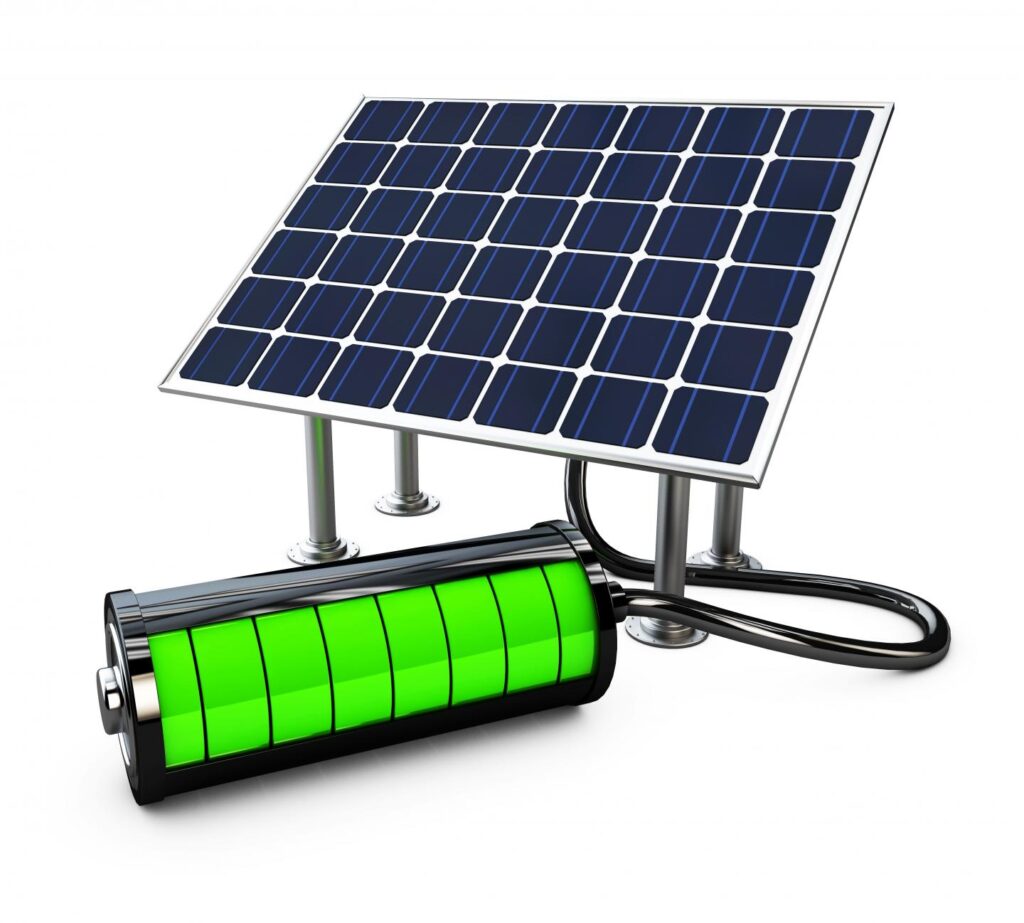The size of the battery panel or the energy storage system depends on the specific requirements and intended use. While a larger battery panel can store more energy, it doesn’t necessarily mean it’s always better. Several factors need to be considered to determine the optimal size of the energy storage system.
- Energy Needs: The size of the battery panel should align with the energy demands of the system it supports. Over-sizing the battery panel can lead to unnecessary costs and inefficiencies, while under-sizing it may result in insufficient energy storage, leading to power shortages or frequent recharging.
- Space Constraints: The available space for installing the energy storage system is an important factor. If space is limited, it may not be feasible to install a large battery panel, and a smaller, more compact system would be more suitable.
- Cost Considerations: Larger battery panels typically come with higher upfront costs. It’s essential to consider the balance between the initial investment and the long-term benefits of the system. Assessing the cost-effectiveness of the system over its lifetime is crucial in determining the appropriate size.
- Efficiency and Performance: Energy storage systems operate optimally within a specific range of charge and discharge. Oversized or undersized systems can lead to inefficiencies and reduced performance. It’s important to select a battery panel size that matches the system’s energy demands to ensure efficient operation.
- Maintenance and Lifecycle: The maintenance requirements and lifecycle of the energy storage system should be considered. Opting for a system that aligns with the expected maintenance capabilities and lifecycle expectations is crucial for ensuring long-term reliability and cost-effectiveness.
In summary, the “better” size for an energy storage system or battery panel depends on a careful evaluation of the energy needs, available space, cost considerations, efficiency, and maintenance requirements. An appropriately sized system can ensure efficient energy storage, optimal performance, and cost-effectiveness over its operational lifetime.


